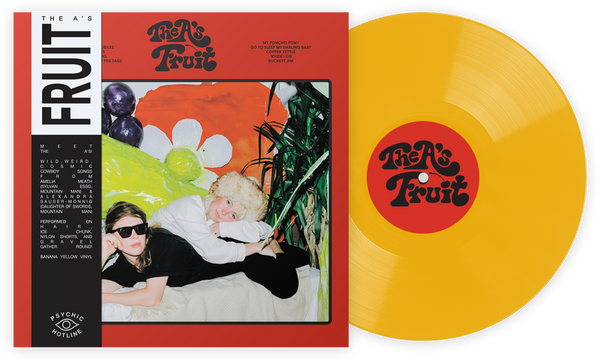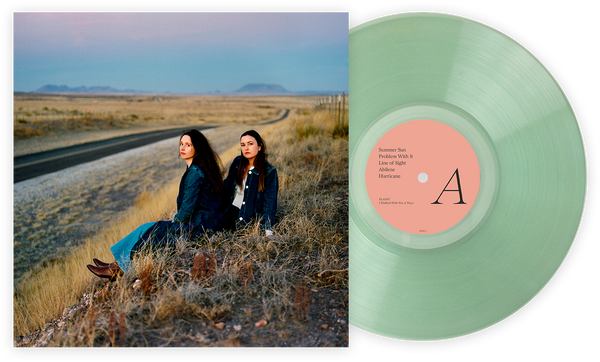Há uma seleção absurdamente vasta de filmes e documentários musicais disponíveis na Netflix, Hulu, HBO Go e assim por diante. Mas é difícil dizer quais realmente valem seus 100 minutos. Assista à Música ajudará você a escolher qual documentário musical vale seu tempo a cada fim de semana. A edição desta semana cobre Sample This, que pode ser encontrado na Netflix.
If you go all the way back to the earliest moment in hip hop, you’ll find yourself in the Bronx on the night of August 11, 1973. 1520 Sedgwick Avenue, to be precise. That was the night that Clive Campbell, aka DJ Kool Herc, introduced a technique he was calling “the merry-go-round” on an otherwise unsuspecting back to school party. He had two copies of the same record and once he was through the drum break, which had whipped the dancefloor into a frenzy, he hit the crossfader switching over to the other record, cued up back at the beginning of the break. He spun the first record back to where the drums kick off, did it again. Wash. Rinse. Repeat. For infinity. It seems so simple now, but it was a seismic shift back then. In isolating the drums, and just the drums, the breakdancers could uprock longer and the MCs had more time to move the crowd. The hottest break of all, the one that Herc always saved for last since there was nowhere to go afterwards, was from a track called “Apache,” by the Incredible Bongo Band. It’s a song that is examined in surprisingly granular detail by Dan Forrer’s film Sample This, which we’re looking at today.
So let’s get it out of the way right up front that this film is narrated, inexplicably, by Gene Simmons. It’s a strange choice, but as things unspool, and the history of this one song gets weirder and weirder, the fact that the voice you’re hearing belongs to the blood-spitting bassist from Kis will seem quaint compared to the bonkers factoids bouncing around in here. Sample This starts off with an unexpected little trip through late-sixties history that starts with the death of Bobby Kennedy, but if you can roll with that lead-off tangent and you’re very likely to follow the weird asides the film takes. Along the way we see mob bosses, Charles Manson, the payola scandal, and even the invention of audio books, all in a film ostensibly about hip hop? Sure! Somehow, despite feeling like a jagged tour through the ‘70s, the film ends up making sense and even lands some unexpectedly emotional moments towards the end.
Personally, I don’t buy the hype that “Apache” is the most important break in history, so the whole premise of this film was an uphill battle. Sorry ?uestlove! If you aks me, that honor is a tossup between the Winston’s “Amen, Brother” and Lyn Collins’s "Think (About It)" but after watching Sample This, I will absolutely say that “Apache” and more broadly the Incredible Bongo Band as a group, is the most fascinating break ever pressed to wax. With one foot firmly in the world of novelty records, and the other foot planted in the world of top notch session musicians, “Apache” is the strangest a frankenstein’s monster of funk that is hard to be denied.
Michael Viner (pronounced Veener) was a huckster who seemingly fell backwards into one goofy music success after another. He was the dude who put out a record called The Best Of Marcel Marceao, which was literally two sides of silence (Marceao, you remember, was a mime) followed by a minute of applause. Get it? Viner’s described by folks in the film as being a terrible musician who never played a bongo in his life. A gig as a music supervisor on the wackadoo grindhouse comedy The Thing With Two Heads opened up a spot on the soundtrack for some instrumental noodlings, and bongos were the way he went. Before long they were burning up the charts in Canada with trumped up Canuck credentials.
Even though the film is mostly about the pleasantly complex history of this one song, we still get a few interesting detours into the history of hip hop. I was happy to hear the relevance of the blackout that hit New York in 1977, thanks to which we’re told “There was a new wealth among the people.” How many DJs got their start on Technics 1200s that were boosted from electronics stores in those chaotic 48 hours? The world may never know.
As someone expecting a bit more of a broad look at the ways that hip hop consumed and reconstituted music and culture, Sample This was a bit of a let down. But the story it tells is such an interesting frame through which to see a weird little corner of the music industry that it more than makes up for my initial gripes. Like Viner’s musical career, though, this doc sometimes stumbles into greatness.
Chris Lay é um escritor freelance, arquivista e balconista de uma loja de discos que vive em Madison, WI. O primeiro CD que ele comprou para si mesmo foi a trilha sonora de 'Dumb & Dumber' quando tinha doze anos e, a partir daí, as coisas só melhoraram.
Junte-se ao Clube!
Junte-se agora, a partir de 44 $Exclusive 15% Off for Teachers, Students, Military members, Healthcare professionals & First Responders - Get Verified!








